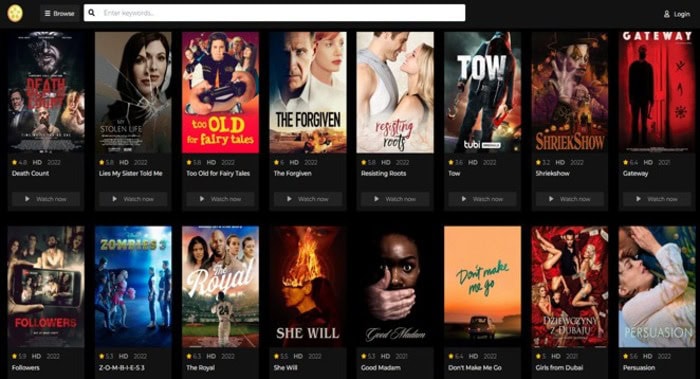
Continuous employee development ensures that your company has the right skills to address current challenges. Therefore, providing training in various formats that help employees learn and grow is essential. In this article, Jason Kulpa explains ways businesses can create training that fits employees’ learning preferences.
Without a continuous employee training program, companies risk falling behind in the competitive global economy. Employees hired based on their experience and education more than just a few years ago can now face a skills gap.
The pace of technological advancement necessitates that employees continually learn. Cross-training employees can provide companies with the depth of skill to stay productive.
It can be challenging to quantify the return on your employee training investment. For example, employee training can be expensive, and how do you know you are getting your money’s worth? Or, what if you invest in training employees and they decide to leave the company?
Zig Ziglar famously said, “The only thing worse than training employees and losing them is to not train them and keep them.” You may find that training is what your company needs to keep your employees.
The Work Institute’s 2019 Retention Report maintains that nearly 10 percent of employees who leave their jobs do so because of a lack of training. Most employees want to continue to progress in their skills and knowledge. If your company doesn’t provide training, they may go elsewhere to find it.
Nearly every job in your company can benefit from training. From the C-suite to the newest intern, training helps workers meet their employment objectives. For example, developers need to learn the latest programming languages. Likewise, marketing professionals should stay abreast of the latest search engine algorithms and social platforms to be effective in a changing world.
Job-specific technical training becomes critical as the pace of technological development increases. In addition, soft skills, such as leadership development, creativity, and communications enable a business to retain employees and create a desirable working environment.
There are four distinct ways in which people learn. Therefore, when creating or purchasing a continuous employee training program, ensure that these learning styles are accommodated.
- Visual learners – Employees who learn through sight understand information better when presented visually, including pictures, diagrams, and written directions.
When training employees of this type, make sure you have a whiteboard handy. Use diagrams and other illustrations to convey concepts. Even writing keywords on a board will help them understand and remember.
- Auditory learners – Auditory learners tend to learn better when the information is supported by sound. These employees would much rather listen to a lecture than read notes. They will often repeat what you teach them to reinforce the material with their own voice.
Answering questions and participating in group discussions will help employees predisposed to auditory learning. In addition, if your employee training program includes explainer videos, they will generally use them.
- Tactile learners – These hands-on employees learn through experiencing or doing things. They may catch on quickly once allowed to perform a task.
To the extent possible, include hands-on training elements in your employee training program. Let employees try new tasks. Providing close supervision as they operate unfamiliar equipment will help them grasp and retain the job.
- Reading/writing learners – These employees prefer to learn through written words. Like visual learners, these learners are drawn to expression through writing, reading articles, or books. You’ll find them looking up words in the dictionary and searching the internet for what they need to know.
Employees that learn by reading and writing new information can be the easiest group to train. Trainers can give reading assignments and expect written responses.
Any employee continuous training program should have characteristics designed to teach these types of learning. When training large groups, assume that you have some of each type in the class. If training for your company is performed one-on-one or in small groups, try and determine the learning style of the employee or employees and adapt the training to their style.
About Jason Kulpa
Jason Kulpa is a serial entrepreneur and the Founder and CEO of UE.co, San Diego’s Fastest Growing Business multi-year award winner, and a Certified Great Place to Work multi-year winner. Mr. Kulpa is a San Diego’s two-time winner of the Most Admired CEO Award of the San Diego Business Journal and also a semi-finalist for the Ernst and Young Entrepreneur award. Under Mr. Kulpa’s leadership, in 2018, his teams volunteered at over 24 events and worked side-by-side to improve the San Diego community. They hosted a gala dinner benefiting individuals with autism, cheered on Special Olympic athletes as they broke their records on the track, and brought school supplies and cold-weather gear to students impacted by homelessness. Jason’s mission is to bring awareness, support, and inclusion for special needs causes.


